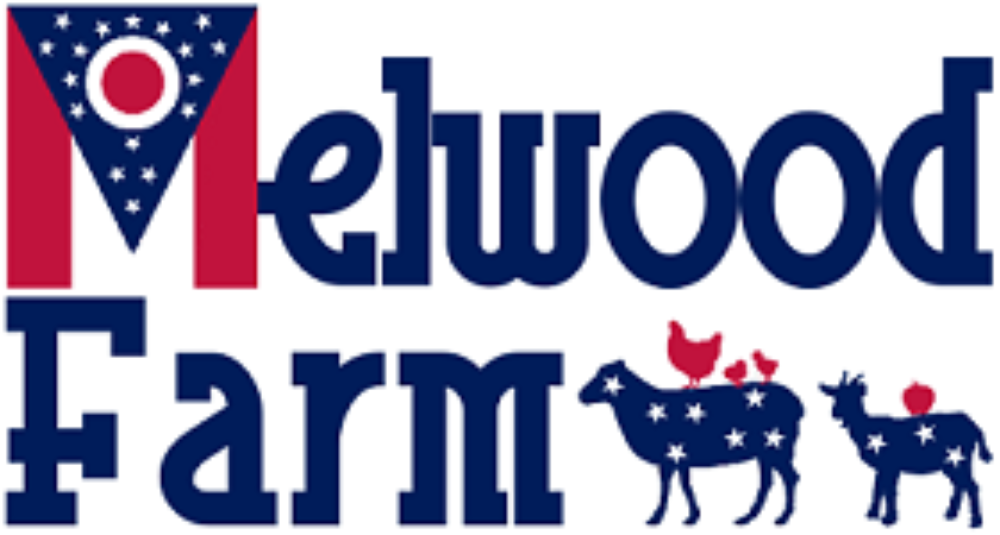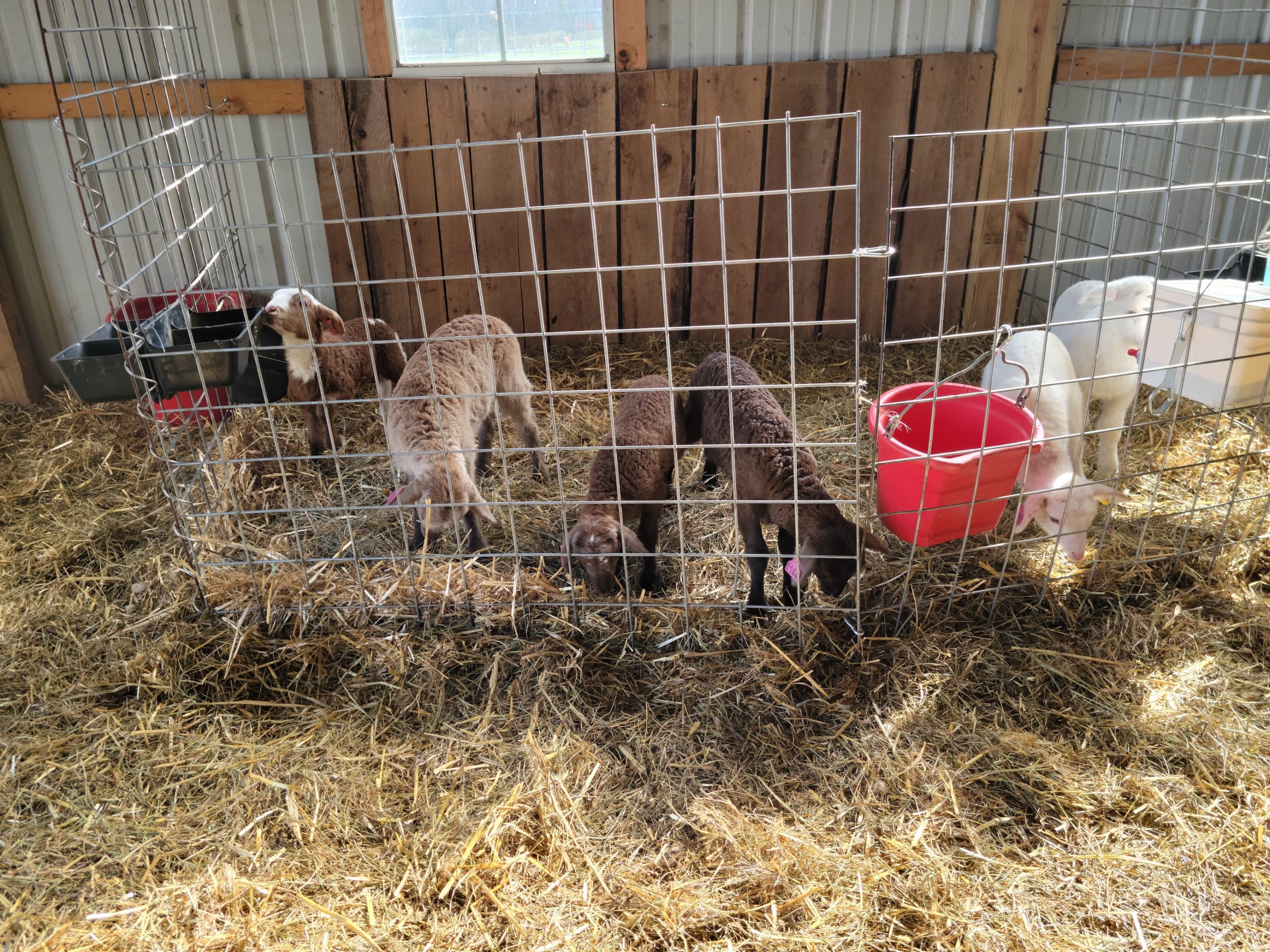I added a new project to the farm this week: Registered Katahdin sheep. This is an idea I have toyed with for the last two years. My St. Croix are still my priority, and that will not change. I am dedicated to preserving the breed. However, I also recognize the value of a heavier meat breed to market to those looking for butcher lambs.
About Katahdins
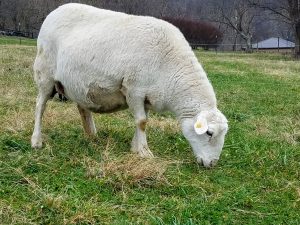
Our two commercial Katahdin ewes, Lucy and Ethel, have been equally as productive as our St. Croix. In fact, more so, when one considers the increased carcass size of their lambs. They require more feed to maintain their condition. I also need to deworm them once or twice per year while my St. Croix require no deworming. They don’t breed in the off seasons as reliably as my St. Croix, either. In addition, Lucy and Ethel are far more difficult for me to handle due to their bulk. They outweigh my St. Croix by 50-100lbs. If it weren’t for their sweet dispositions, I wouldn’t be able to manage them. Finally, while both are Katahdins, Lucy and Ethel differ dramatically from one another in appearance, size, and performance. However, Lucy and Ethel are just two examples of the Katahdin breed.
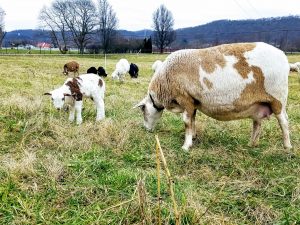
In recent years, Katahdin breeders have focused on producing ewes that are a bit smaller (average 165# each compared to Ethel at 200# and Lucy at 180#) while still growing quickly. They have also invested significant effort to improve parasite resistance. The breed still exhibits lots of variance between flocks and individual sheep. This is because the Katahdin breed was developed just 75 years ago, with a registry created in 1986. You can read all about the development of this breed at Katahdin Hair Sheep International. Interestingly, Michael Piel used St. Croix sheep to help form the Katahdin breed.
Triplet Bottle Lambs
I drove to Speedwell, Tennessee on April 3 to begin my Katahdin project with registered lambs. Sandra Coward of Round House Farms offered eight (8) bottle lambs to me in a package deal. There are four ewe lambs, three ram lambs, and one lamb to be wethered. All these lambs are triplets, and Sandra’s management practice is to pull one triplet from the ewe at about 48 hours. She does this so that all the lambs are sure to get adequate nutrition and grow equally.
This is one way to effectively manage triplets. Others choose to allow the ewe to raise all three, which generally results in somewhat smaller lambs. Sometimes, one lamb is especially small while the other two thrive. This can cause problems in a larger set up such as Sandra’s when it is time to take lambs to the market. Livestock auctions show preference to groups of lambs that are uniform in size. Because my flock is small and I direct market my butcher lambs, I can afford to spend the extra time.
Project Plan
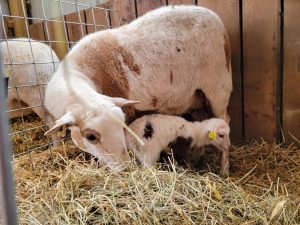
My plan is to raise these lambs on milk replacer. I will enroll them in NSIP, record their weights and fecal egg counts, and compare their EBVs. I will retain all four of the ewe lambs for breeding and register them unless any of them exhibit serious faults. The three ram lambs must perform even better to graduate to registration and the breeding program. My hope is that none of them possess any major faults so that I might pair each of them with selected ewe lambs and Lucy, Ethel, and Layla (my St. Croix-Katahdin crossbred ewe). By doing so, the ram I choose to keep will only be related to lambs off one or two ewes rather than all of them. However, it is unlikely I will get that lucky. Time will tell!
